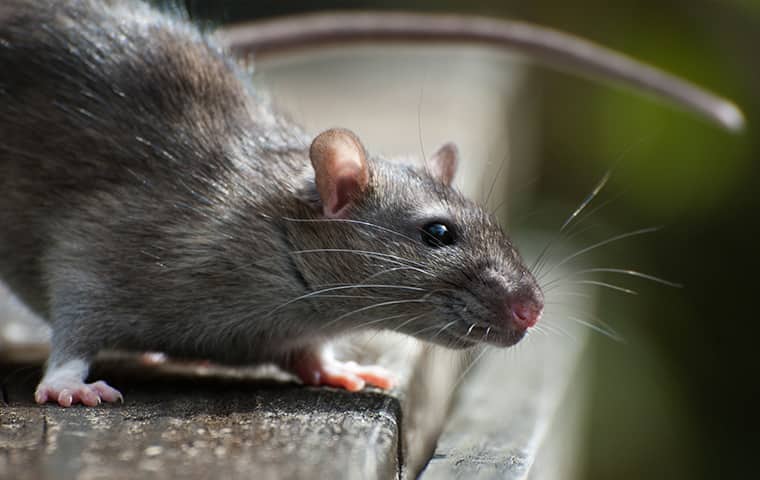Hidden rats living in wall voids and hollow ceilings can continue an infestation even after all the visible nests are gone.
Roof rat nest in wall.
They may collect pine branches.
Some other common outdoor nest locations include the following places.
The dead fronds of thick palm trees.
Unlike other rat species roof rats are also good climbers and build nests above ground not underground in burrows.
I ve cut open walls at several homes and found rat nests inside with many baby rats.
Here s a photo of a dead rat down a wall.
Generally preferring sheltered or covered habitats roof rats are attracted to lush landscapes dense vegetation and fruit trees.
This rat obviously had easy ways to climb up and down the wall with the wires but it just naturally expired and died down this wall.
Typically living in colonies roof rats prefer to nest in the upper parts of buildings such as attics and rafters.
Roof rats prefer to build their nests and live in dense cover and shadows of thick shrubbery vine covered trees power lines and fences.
Since roof rats can have multiple nests removing one is no guarantee that the problem is resolved.
They can also be found under in and around structures as well as in piles of wood or debris.
Where they do breed they build a disheveled nest that may have bits of nut shells hair and fur.
Roof rats generally use a bare nestbox or sleep on a nest made by a bird.
They reproduce quickly and will create rat nests in the wall or in the attic.
Outdoors you can find roof rats nesting in trees shrubs wood piles and dense vegetation.
Roof rats shred paper fabric and insulation to build their nests.
Indoors roof rats like to build nests in the upper areas of the home where it s kept warm by rising heat.
Thick vegetation that grows over fences and utility lines.

